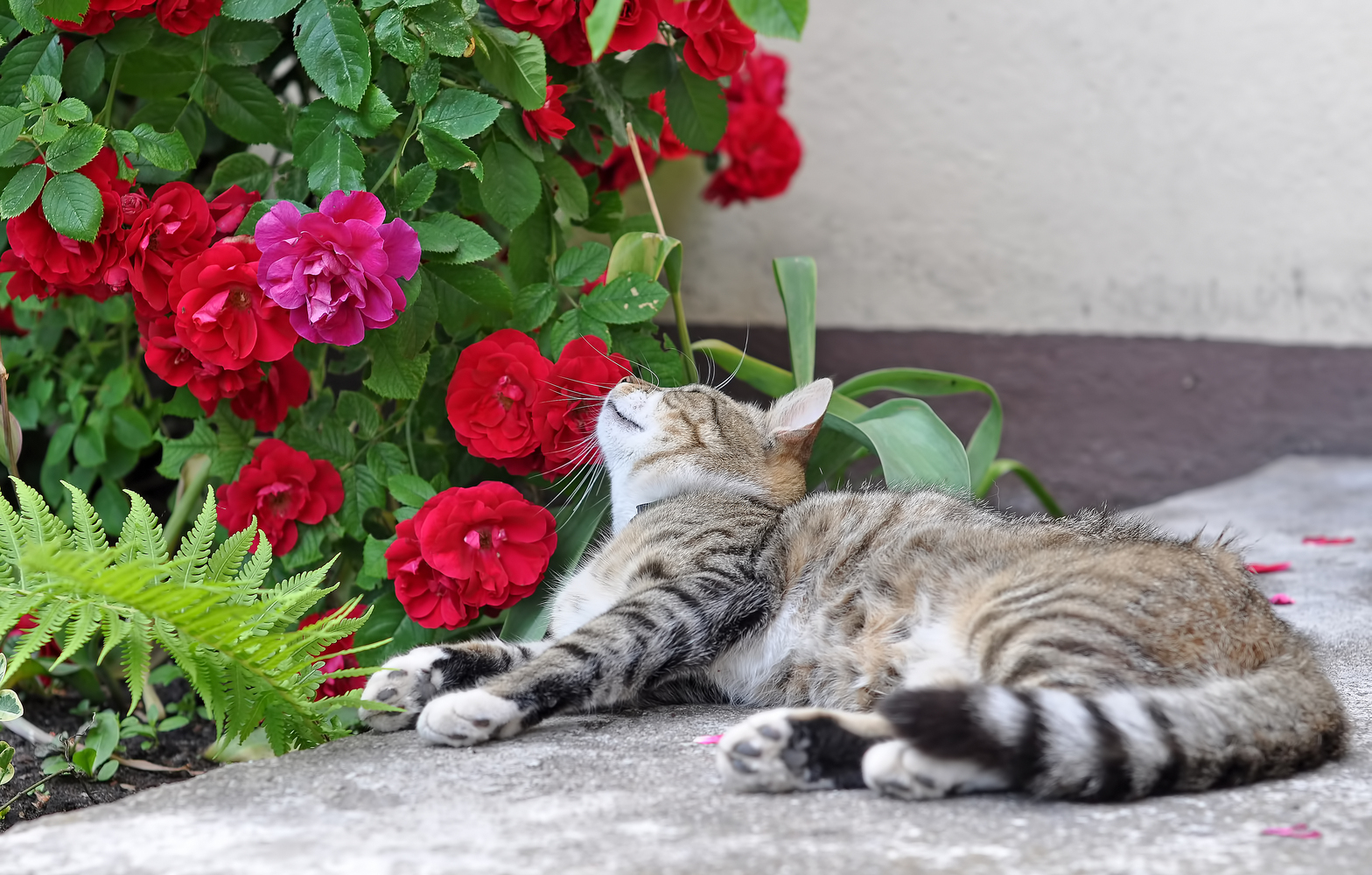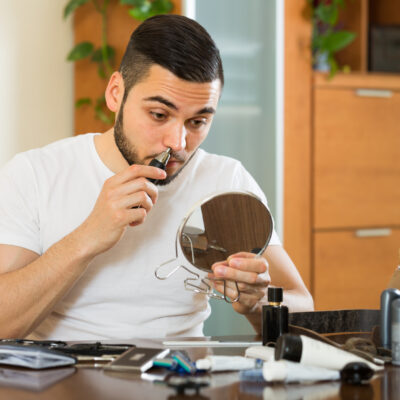
Toxic Houseplants for Cats: How it Affects Them and What to do
A home that is decorated with greenery is super trendy, but have the potential for danger when you live with a cat. It’s difficult to keep them away from plants because their natural instinct is to sniff and taste them. There are many popular houseplants that are toxic for cats and can make them seriously ill. As kitty caretakers, it is our responsibility to ensure that our pets are safe and healthy.
Before you bring in a new houseplant to your home, consider the potential effects and what to do in case of emergency:
1. Toxic plants
Many of the common houseplants can be lethal, especially for cats. The toxic houseplants for cats can cause poisoning and other reactions that can have an effect on your cat’s health. If not treated, this could even be deadly for your cat. Kittens, in particular, are more vulnerable.
As a cat owner, you must be cognizant of the houseplants that are not suited to be kept around your pet. However, it is possible that your cat may be exposed to these plants outside. In such cases, it is advisable to be aware of the symptoms of a toxic attack. If you notice any signs, you need to take your cat to the vet immediately as any delay can lead to organ failure and even death.
2. Cats and plants
Cats are carnivorous animals and do not like to eat plants. However, cats can nibble on plant parts like the leaf, fruit, or stem to obtain nutrients.
However, indoor plants are unlikely to contain nutrients that are essential for cats. Despite this, they may chew on a plant out of boredom or sheer curiosity, which domestic cats are well-known for.
Sometimes cats are attracted to colorful leaves and flowers making them lunge at the plant and eat it.
3. Which parts are toxic?
If a plant is toxic, all parts of it may be harmful. Cats commonly chew on the leaves or tender parts of the plant like stems. For example, while the bulb of the tulip plant is toxic, the seed of the sago palm is more harmful, and in some plants, even the pollen can be poisonous.
4. Toxic effects
If your cat consumes any part of the harmful plant, it can cause a variety of reactions. Some of the symptoms that are observed are:
- Irritation and inflammation in the mouth, eyes, or skin.
- Itching, leading to the cat scratching itself and causing injuries.
- Drooling
- Problems in swallowing
- Breathing problems, causing the cat to gasp for breath.
- Vomiting and diarrhea
- Excessive urination
- Increased or decreased heartbeat, depending on the toxin.
- Weakness and fatigue
- Drowsiness and losing consciousness.
5. What To Do?
If you notice any such red signal, especially if you have noticed your cat near a plant, you must take it to the vet immediately. You can also remove the plant parts that you see on your cat’s eye, mouth, or skin to prevent aggravation of symptoms. The best way to put a stop to these problems is to remove toxic plants from your house.
The information on toxic houseplants for cats in this article is to help you understand how such plants can be detrimental to your pet’s health. It is prudent to avoid keeping such plants at home, watch out for symptoms, and provide immediate treatment to prevent problems.


